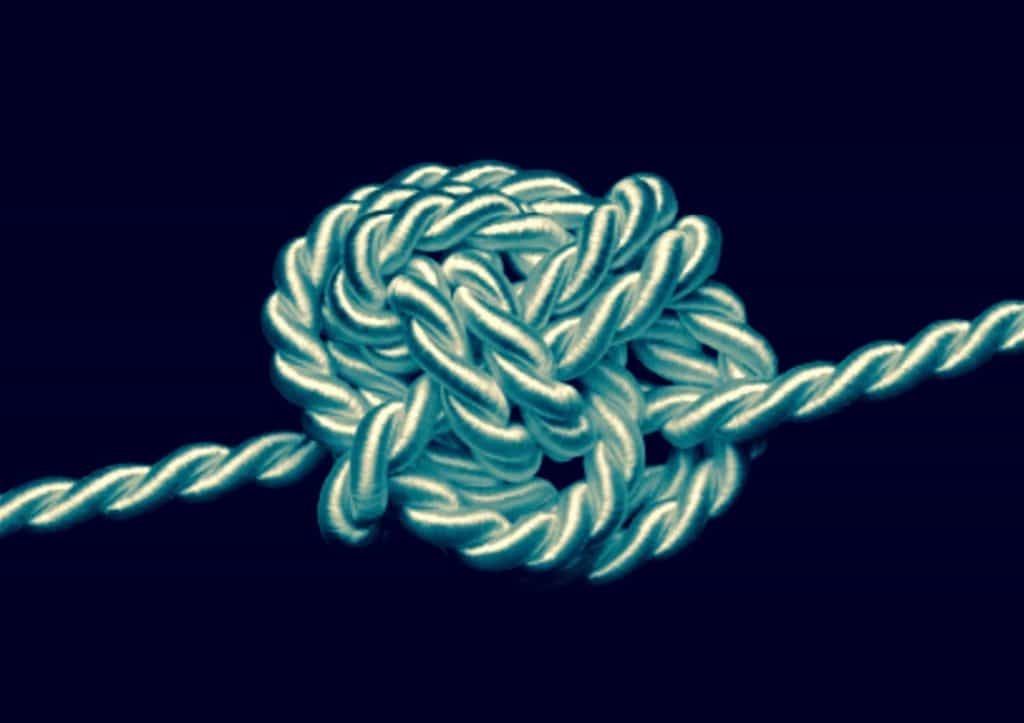Post-Vasectomy Pain Syndrome (PVPS) Case Study

The following case is an actual patient from The Turek Clinic:
After having 3 kids in 5 years, the patient was more than ready to have his tubes tied. So, he did, by a colleague, and he did quite well thank you…for a while. “The procedure seemed to go OK, Doc, but lately my balls have been achy,” he told me 6 months after the vasectomy. He’d been cleared from using other contraception by that time. “It’s not bad enough to take anything, and I can’t tell what makes it worse or better, but I’m not ready to live like this forever.”
On physical exam, everything looked great. No lumps or bumps, no varicocele, hernia or tenderness. Everything in its rightful place down there. The only finding of note was that the vasectomy sites were quite low in the scrotum, behind each testis.
Uncommonly Common Pain
Although rare in my practice, post-vasectomy pain syndrome (PVPS) appears to be more common than many vasectomists are willing to admit, occurring in up to 15% of men after the procedure. Even more commonly, both vasectomists and patients shrug their shoulders when it comes to evaluating causes and using effective treatments for this debilitating condition.
In my experience, you must first listen to the patient and learn about the pain. Having done this for years, I realized that this “syndrome” is actually compromised of 4 very different problems, all knowable and treatable.
Break it Down
Granuloma: Acutely tender mass at the vasectomy site resulting from leakage of sperm either at surgery or soon afterwards. Usually resolves with anti-inflammatories and time and only rarely needs to be removed surgically.
Epididymitis: Acute tenderness near the testicle that can occur any time (but generally years) after the procedure. It may be that increased back pressure in the system behind the vasectomy causes a “blowout” in the delicate tubes of the epididymis. It is not an infection and generally resolves with time and a short course of anti-inflammatories. It rarely recurs.
Neurogenic: Chronic pain in the spermatic cord or testis area often without any physical exam findings that begins early on after the procedure and sticks around, relentless and bothersome. Usually associated with a difficult vasectomy procedure. This pain is best treated with weeks to months of anti-inflammatories, neuromodulators and pain therapy. If spermatic cord blocks relieve the pain, then microdissection of the spermatic cord can be used to desensitize the area.
Congestion: Low level tenderness, or simply a “heaviness” in the testis, that occurs months after an otherwise unremarkable vasectomy procedure. Typically represents increased “pressure” from backed up fluid and sperm in the system and “stretching” of the tubular organs behind it to the point of annoyance. Treatment can include time, removal of the epididymis (rarely) and vasectomy reversal to restore natural anatomy and sperm flow, thereby reducing back pressure. I have also successfully used testosterone replacement therapy to “turn off” sperm production, decompress the system, and eliminate the discomfort.
Which of these did my patient have? Well, with low level, chronic pain, and no mass, it was a classic case of congestion. After conservative treatment with anti-inflammatories, the low-level discomfort persisted. I performed a straightforward vasectomy reversal and he felt better immediately. Happy to be pain-free, he and his partner are now considering other contraceptive choices.
Not All Pain Is Post-Vasectomy Pain Syndrome
Patients should remember that some amount of pain is a normal part of the healing process after a vasectomy. Inflammation around the groin and on the scrotum can cause lingering discomfort for a week or two. After three weeks, patients with ongoing discomfort may want to seek medical attention to check that the scrotum is healing properly, but a sizable percentage of patients need several weeks to heal fully. PVPS is better diagnosed and treated after at least a few months.
Because researchers are unaware of any specific risk factors for PVPS (including age, ethnicity, preexisting health conditions), I have no reason to advise patients in certain demographics to avoid a vasectomy out of a fear of developing post-surgery pain. Instead, I encourage patients to seek a qualified surgeon with a great track record of avoiding PVPS.
As a dedicated men’s health guy and microsurgeon, what I have learned about post-vasectomy pain syndrome is to listen to the patient, pinpoint the problem, and only pull out the knife when you have to.









